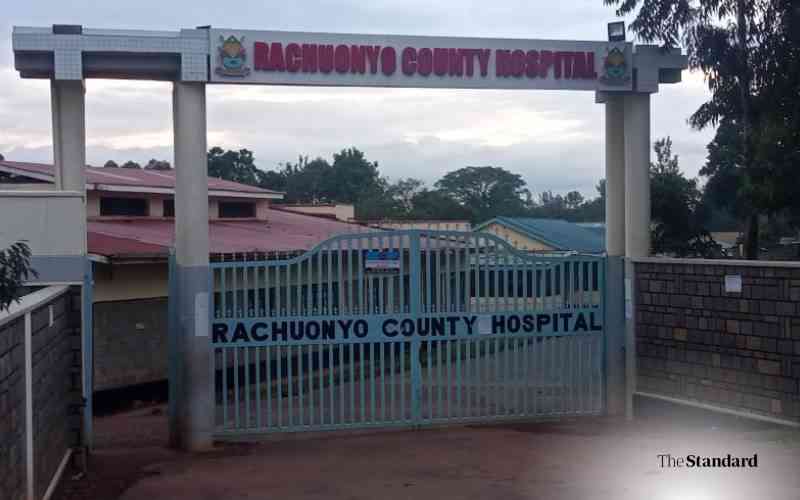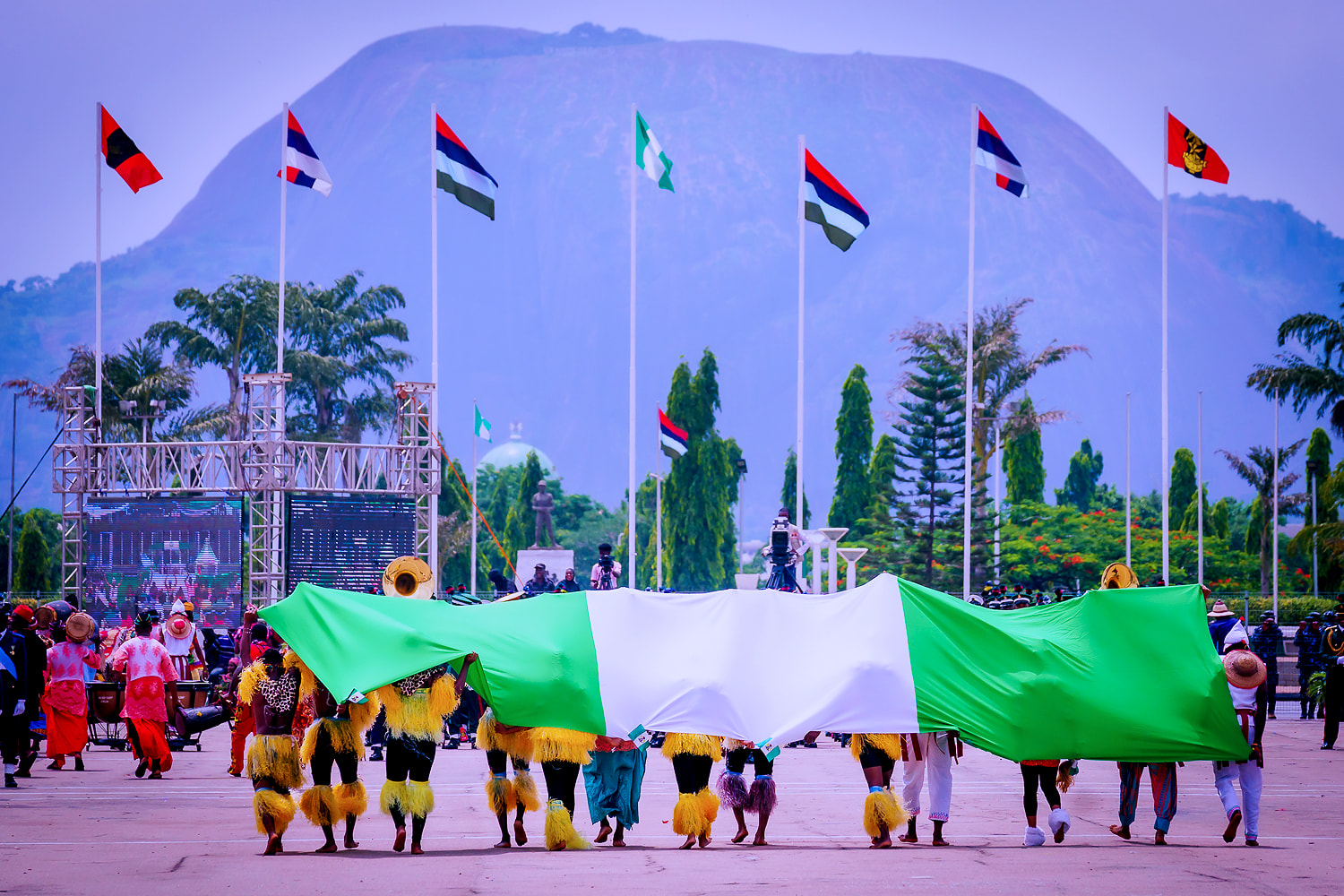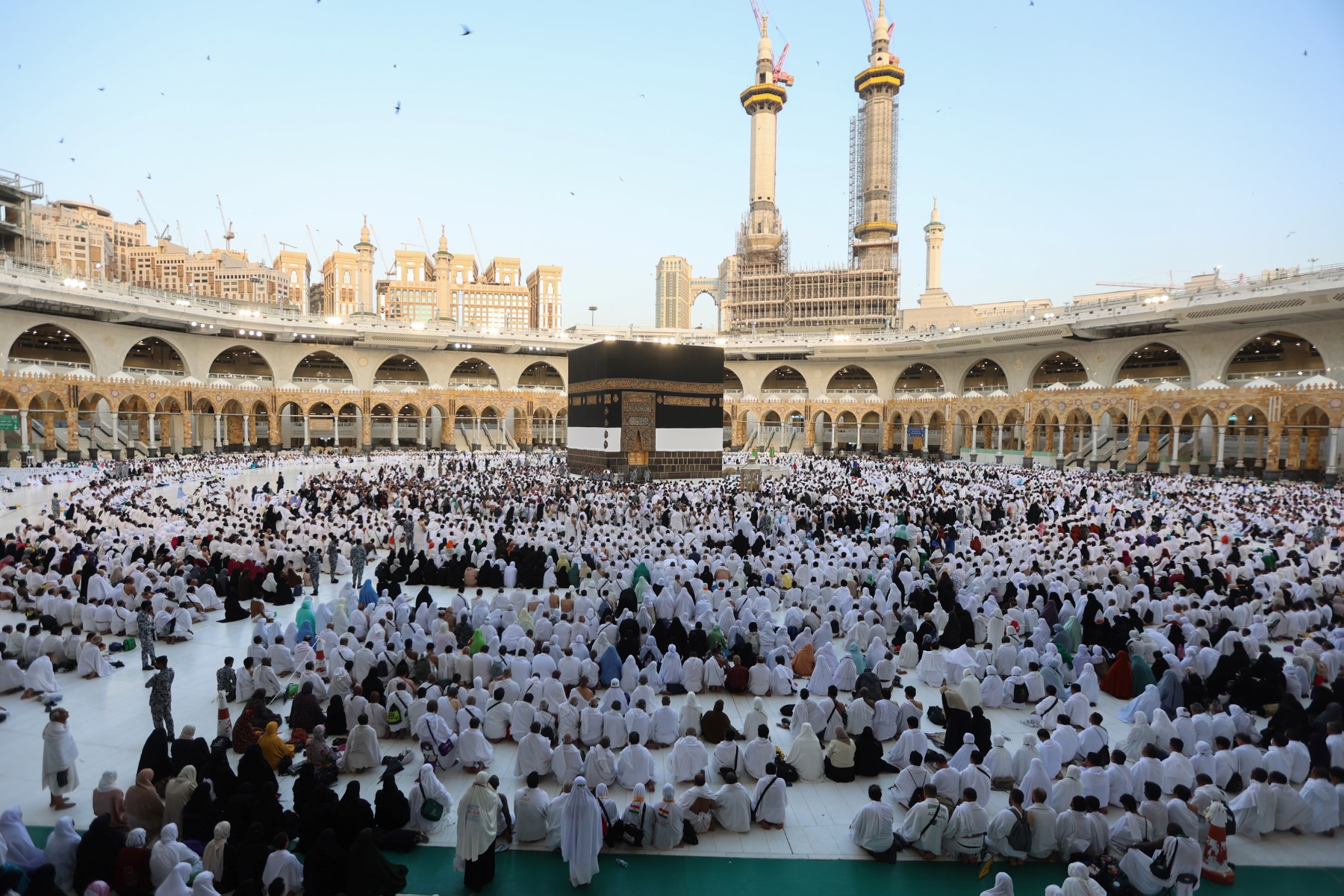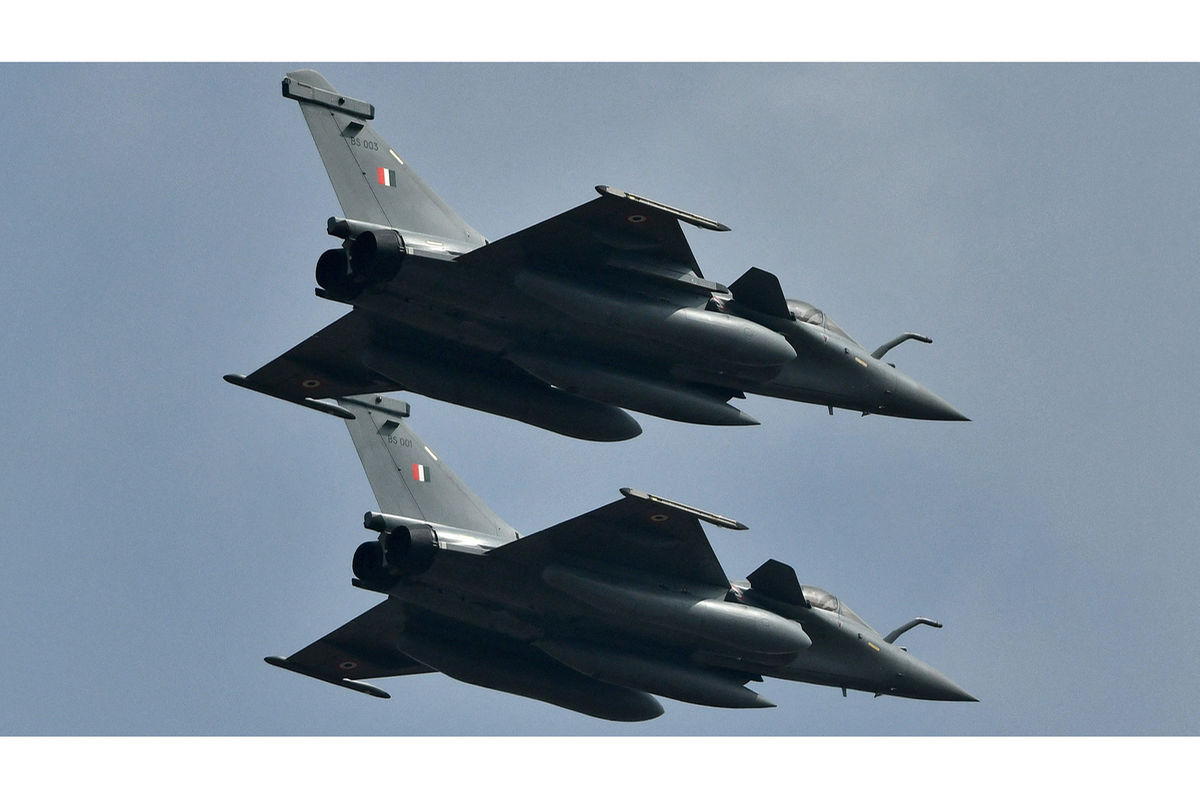J&K's local economy: Resilience amidst crisis
May 27, 2025 01:21 PM IST
Jammu & Kashmir (J&K), nestled within the Himalayas, is a region of spectacular beauty and cultural richness. Yet, beyond the headlines dominated by geopolitics and security, lies a more grounded story of local economies and the resilient people who strive to maintain their livelihoods and traditions. In recent months, the delicate economic and social fabric of J&K has been tested once again by tragic events, most notably the Pahalgam attack in April 2025 and the subsequent military response, Operation Sindoor. While the national focus has remained on security and retaliation, the quieter but significant impact on local businesses, tourism, and communal life deserves equal attention.

Pahalgam, known for its breathtaking meadows, rivers, and pine forests, has long been a jewel of J&K tourism industry. In April 2025, the serenity of this town was shattered when five heavily armed militants attacked Baisaran Valley near Pahalgam, killing civilians, mostly tourists. Among the casualties was a local Muslim pony operator, Syed Adil Hussain Shah, who reportedly tried to shield visitors from harm. This act of violence not only dealt a tragic blow to human life but struck at the very heart of the local economy.
Tourism is a cornerstone of J&K’s livelihood. From hoteliers and houseboat owners to handicraft sellers, tour guides, and pony operators, tens of thousands of people of J&K rely on the steady influx of tourists for survival. Following the attack, bookings were cancelled en masse, affecting small businesses already reeling from the cumulative impacts of seasonal unrest, the pandemic, and climate-related disruptions. A hotel owner in Pahalgam lamented, "We had just begun to see tourists return after the long lull. In one night, everything collapsed again."
This sense of economic fragility is not new to the people of J&K. Over the years, they have had to adapt to an unstable rhythm of commerce, balancing short bursts of opportunity with long stretches of uncertainty. But what makes the current context especially complex is the psychological toll on communal harmony. Incidents like the Pahalgam attack risk reinforcing divisions, despite numerous examples of interfaith solidarity. The martyrdom of locals like Syed Adil, who laid down his life trying to protect non-local visitors, is a poignant reminder that violence spares no one, regardless of religion or ethnicity.
In response to the attack, the Indian government launched Operation Sindoor in May 2025, targeting terror infrastructure in Pakistan and Pakistan-occupied Kashmir. The operation reportedly destroyed nine camps linked to different terrorist organisations, including facilities in Muzaffarabad and Pakistan's Punjab region. While the operation showcased India's strategic might and resolve, it also reignited regional tensions, leading to tighter security protocols across J&K’s and restrictions on movement in several areas.
These heightened security measures, while necessary, have unintended consequences for daily commerce and mobility. Local farmers find it harder to transport produce, and artisans struggle to access wider markets. Internet shutdowns and curfews, though temporary, severely disrupt digital payments and e-commerce, which had only recently begun to offer a glimmer of modern economic inclusion.
Yet, amidst these trials, stories of resilience continue to emerge. Many local tour operators, despite the shock of recent events, have begun rebranding their services to promote safe, community-based tourism. Small cooperatives are working with NGOs to offer ethical handicraft sales online. Young entrepreneurs are attempting to create new market linkages beyond traditional tourist circuits, including wellness retreats, eco-tourism, and virtual cultural experiences. These are not just acts of entrepreneurship but quiet forms of resistance against being defined solely by conflict.
Ultimately, the story of J&K cannot be told only through the lens of geopolitics or conflict. It must also be told through the aspirations of its craftspeople, the quiet labour of its farmers, the artistry of its shawl-makers, and the enduring hospitality of its people. As the Valley navigates yet another season of grief and uncertainty, its economy and society continue to endure, adapt, and hope. The recent tragedies may have scarred the landscape, but they have not broken the spirit of those who call J&K home.
If there is a lesson to be learned from these past months, it is that the path to long-term peace and prosperity in J&K lies as much in securing borders as in securing livelihoods. Recognising and investing in the human dimension of the Valley’s future might just be the most strategic choice of all.
This article is authored by Ananya Raj Kakoti, scholar, international relations, Jawaharlal Nehru University, New Delhi.
Get 360° coverage—from daily headlines
to 100 year archives.

E-Paper

Full Archives

Full Access to
HT App & Website

Games
Already subscribed? Login










